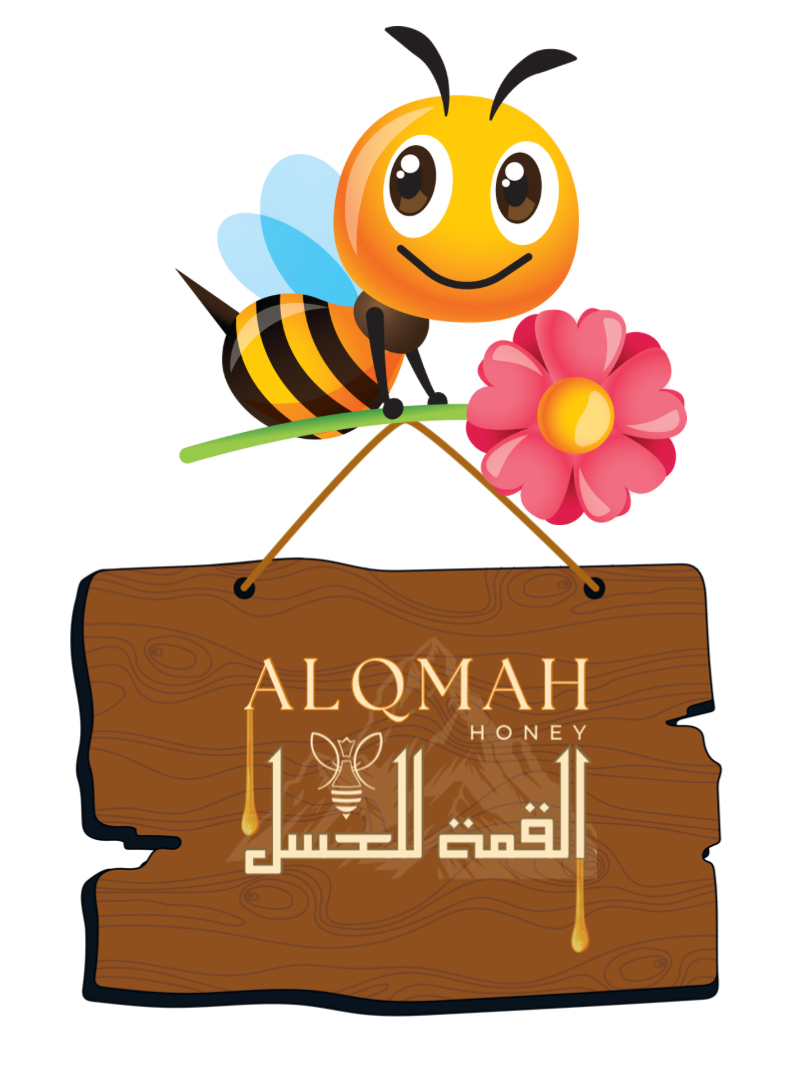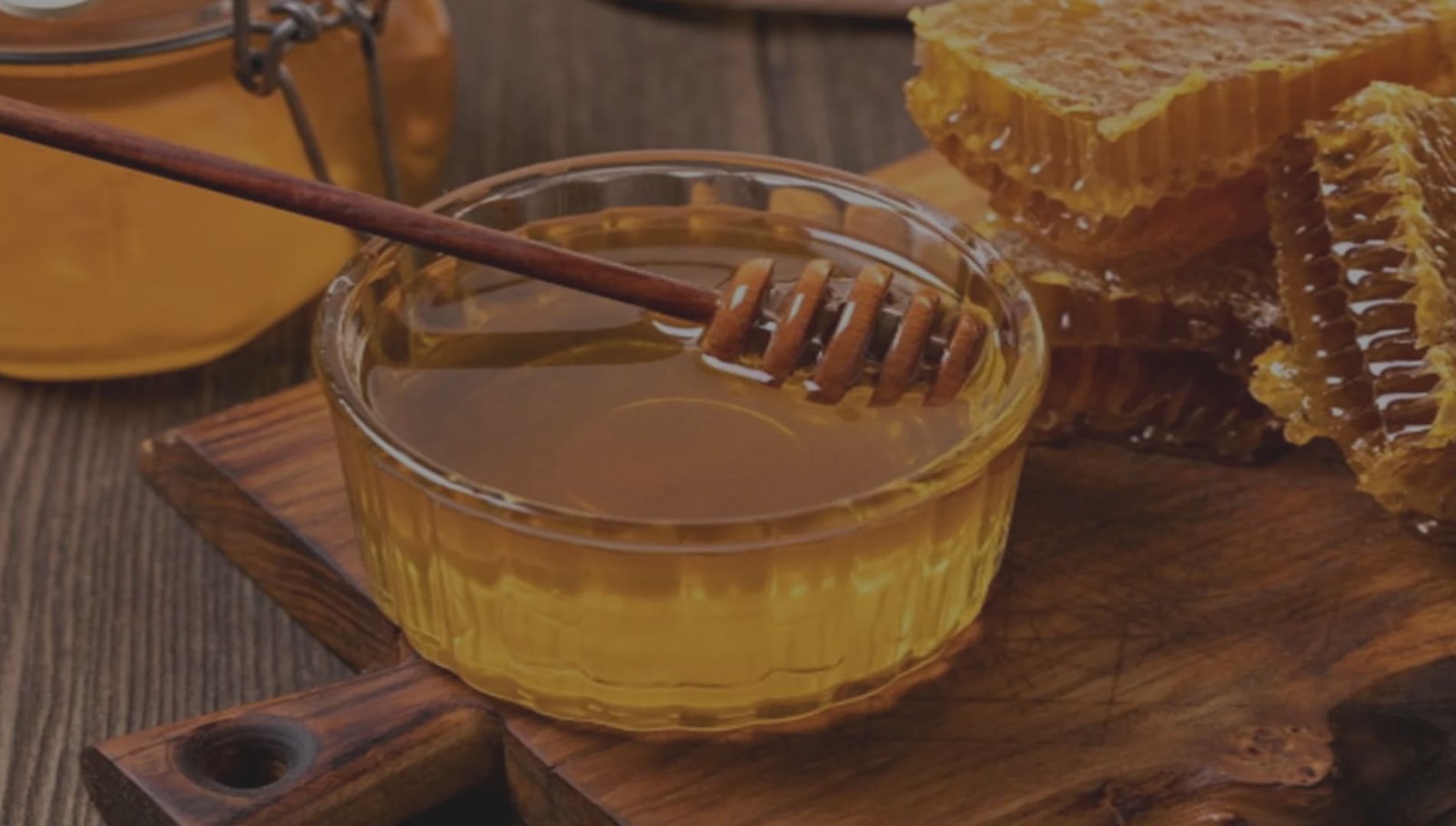No products in the cart.

Everything You Need to Know About Honeybee
Honey bees (Apis mellifera) are social insects known for their role in pollination and honey production. They live in organized colonies, with each member having specific tasks and responsibilities.
Honey bees communicate through a complex system of pheromones and dances. They release specific chemical signals to convey information about food sources, hive conditions, and the presence of danger. The famous “waggle dance” is used to communicate the direction and distance to a food source.
The lifespan of a honey bee varies depending on its role. Queen bees can live for several years, although their egg-laying productivity declines over time. Worker bees have a relatively short life, living for about 4-6 weeks during the summer, while drones typically live for around 2-3 months.
The honey production of a colony varies depending on factors such as the strength of the colony, available forage, and environmental conditions. In a healthy hive, a productive colony can produce anywhere from 30 to 100 pounds (14 to 45 kilograms) of honey per year.
Honey bees play a crucial role in pollination, transferring pollen from one flower to another, which helps fertilize plants and allows them to produce fruits and seeds. This process is vital for the reproduction and productivity of many agricultural crops.


